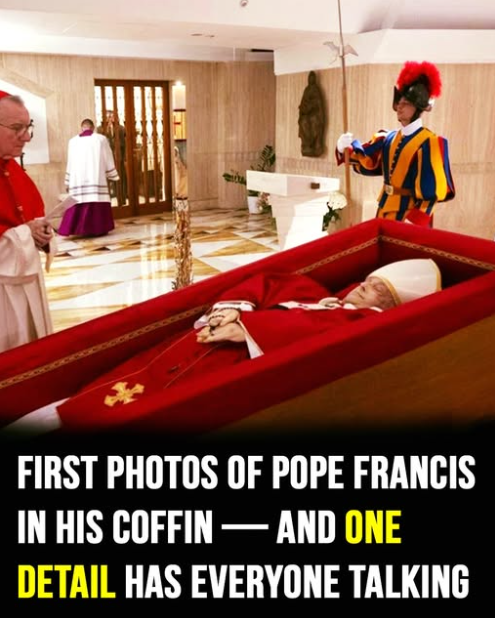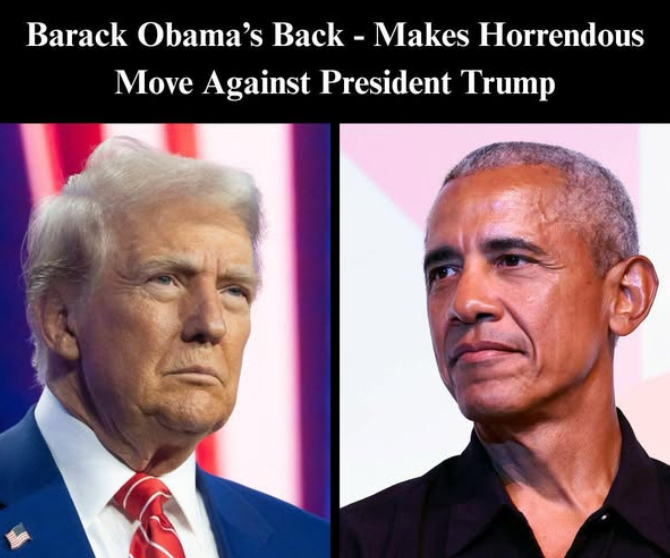The first photographs of Pope Francis in his coffin have sparked a wave of emotion and reflection across the globe—not only for the solemnity they capture, but for the quiet messages woven into every detail.
Released by the Vatican on Tuesday, the images show the beloved pontiff resting in a plain wooden coffin, his face peaceful, his hands gently clasping a simple rosary. The objects placed beside him—his mitre, pastoral staff, and a sealed summary of his life—offer a powerful testament to how he lived: humbly, authentically, and in service to others.
Pope Francis died at age 88 in the early hours of Easter Monday, after suffering a massive stroke that led to heart failure. He had faced mounting health struggles in recent months, including severe pneumonia and kidney issues, yet he passed away quietly in his modest residence at Casa Santa Marta—true to his lifelong preference for simplicity over opulence.
When he was found, Francis had slipped into a coma during the night. Within thirty minutes of regaining consciousness, he passed away—surrounded not by medical machines, but by silence and prayer. It was a quiet end that mirrored the way he led the Church: with closeness to the people and without fanfare.
Photographers captured his body laid in state, dressed in red vestments—the color symbolizing sacrifice and martyrdom. At his side lay a collection of coins minted during his papacy and the iconic Fisherman’s Ring, cracked to mark the end of his reign but still worn in death. In contrast to the ornate triple coffins of past popes, Francis chose a plain wooden casket lined with zinc—another clear message of humility.
One of the most notable departures from tradition is his chosen burial site. Rather than the papal tombs beneath St. Peter’s Basilica, Francis will be laid to rest in the Basilica of Santa Maria Maggiore—a church in Rome that held deep personal meaning for him. He frequently visited it to pray before traveling abroad, especially to venerate the image of the Virgin Mary.
The Vatican has confirmed that the funeral will take place Saturday, April 26, at 10 a.m. in St. Peter’s Square. Unlike previous papal funerals, his coffin will not be placed on a raised platform. Instead, it will rest at floor level, surrounded by pews and the Paschal candle—emphasizing equality in death and the hope of resurrection.
Public visitation begins Wednesday, giving mourners a chance to come close, to kneel beside a pope who championed the overlooked and the underserved. Leading the procession will be Cardinal Kevin Farrell, tasked with managing Vatican affairs during the interregnum.
Reactions have poured in from around the world, from Buenos Aires to Manila, Nairobi to the streets of Rio. Many recall him as the “People’s Pope”—the man who washed the feet of prisoners, stood with refugees, condemned greed, and reminded the Church that mercy is not weakness, but strength.
His words echoed far beyond the walls of the Vatican. “Who am I to judge?” he asked, sparking a more compassionate tone within Catholic conversations around LGBTQ+ communities. He rejected privilege, rode the bus, wore plain shoes, and turned the papal palace into guest housing.
Argentina has declared a week of mourning. World leaders, faith communities, and ordinary citizens alike prepare to say goodbye to a man who may have transformed the Church’s heart more than its doctrine.
As the Vatican begins preparations for the next conclave, many wonder what comes next. Who will take up his mantle? And will his legacy endure?
If the final days of his life are any clue, Pope Francis’s impact won’t be measured by monuments or titles. His greatest legacy may be the quiet spaces he created—spaces where everyone felt seen, heard, and valued. And in that way, even in death, he continues to teach.










